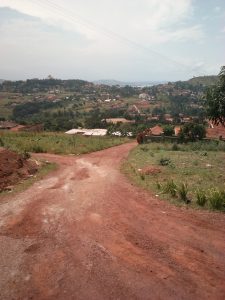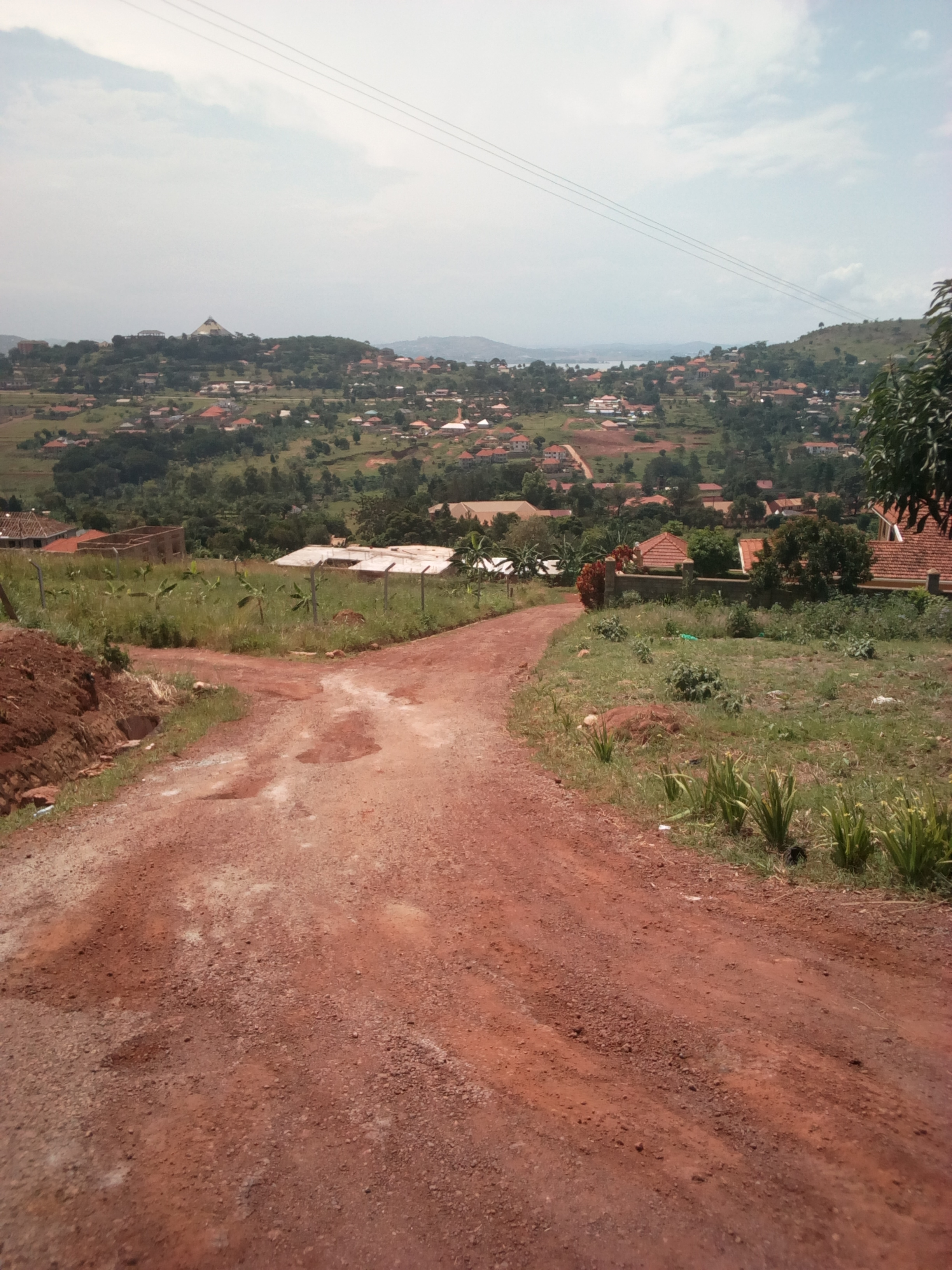Environmental Health Concerns in Isingiro district

By Fred Oyesigye
Isingiro District is located in South-western Uganda, made up of two Counties of Bukanga and Isingiro.
It has a land area of approximately 2654.2 sq km, with rivers, lakes and swamps. Its altitude is 1800 meters above sea level.
It borders with the United Republic of Tanzania in the South, Rakai District in the east, Ntungamo District in the west, Mbarara District in the North and Northwest and Kiruhura District in the north, with a total population of approximately 535,000 according to (UBOS 2017).
Residents survive on Mixed Farming and Pet-trade in upcoming trading centres.
Environmental Health Concerns:
This addresses all human related aspects of both natural environment and the built up environment that can sustain or destroy the ecosystem.
Health:
This is a state of complete physical, mental and social well being of an individual and not merely the absence of disease or infirmity (WHO 1948).
However, expressing opinions about desirable improvements, prioritizing environmental health concerns to negotiate with stakeholders, agencies, and other intersected departments needs one to understand the pathetic situation of Isingiro district.
Its environment needs to be improved to reduce on morbidity, mortality and disability among the general population of Uganda and Isingiro in particular.
There is need for improved farming methods, promotion of use of safe drinking water and proper waste management and disposal, control of vectors/vermin the list is long.
The District’s ecological system is prone to chronic drought with denuded hills and rangelands and bare hills with stone deposits dominating the whole district vegetation, because of the following environmental health concerns that have devastated the area:-
Deforestation, over grazing, continuous cropping, burning of wet lands, pouring of waste into streams and dams, inaccessible to safe drinking water and encroachment onto wetlands for brick making, clay extraction, ranching, crop production and settlement, with little knowledge of its effects on the environment and livelihood like:-
Loss of quality drinking and cooking water, Destruction of flora and fauna for natural use ,soil erosion, floods, air and water pollution, decrease of natural gases like oxygen to habitat.
Reduced fertility and soil structure, loss of aquatic diversity as well as extinction of species for the future generation to see while high incidences of malaria ,water borne diseases ( dysentery and other diarrhea diseases), low family income and fatigue after long treks looking for water, food insecurity, poverty hence malnutrition of under five children, contaminated food and water, lack of essential goods like fish, wood, building materials affect individuals at household today.
These challenges face the whole district with very few concerned stakeholders for effective changes, therefore for the attainment of good standards of environmental health by all the people of Isingiro for healthy and productive life in future, there is need for stakeholders to set up a plan for continuous sensitization, monitoring and evaluation of the program.
Monitoring from January to December for two years while evaluation for December annually could be an option to improve health concerns by all stakeholders.
Compare the achievements during the period for the set objectives, if 100% of households have access to safe drinking water and have planted trees on bare hills with reduced number of cases of water borne diseases revealed by weekly and Health Management Information System (HIMS) reports from district Health office, then goals and objectives will have been achieved. #Isingiro#

